New Zealanders have a unique way of discarding their trash—they hang them on fences. Bras, boots, toothbrushes, bicycles, everything that has had their useful life over gets hung en masse on roadside fences.
Perhaps, the most famous of them is the Cardrona Bra Fence in Central Otago. The fence began one morning in 1999 when four women’s bras were found attached to the wire fence alongside the road and fluttering in the breeze. Rumor is that a group of women were celebrating the new year at the Cardrona Hotel and after leaving the pub late at night, they decided to take off their bras and hang them on the fence. Over the next few weeks, the number of bras on the fence steadily increased until there were sixty more by the end of February 2000. As news about the fence spread, even more bras started appearing. In the following years the bra population multiplied to thousands and the fence became a unique tourist attraction gaining worldwide attention.
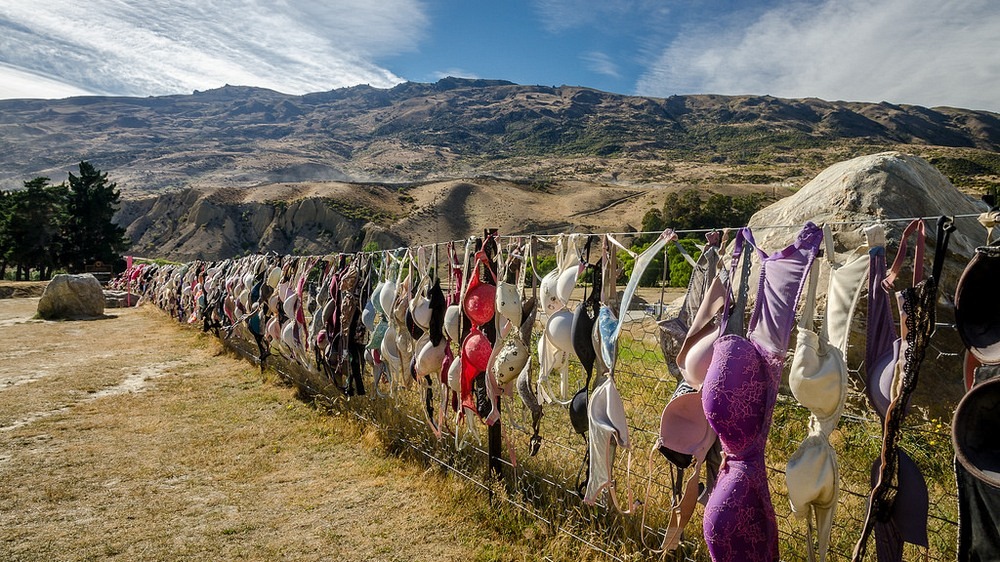
With popularity the fence also began to attract haters who thought the unabashed display of undies on a pubic thoroughfare an embarrassment and an eyesore. They began to attack the fence and the bras were stripped off on numerous occasions. But each time, the bras returned.
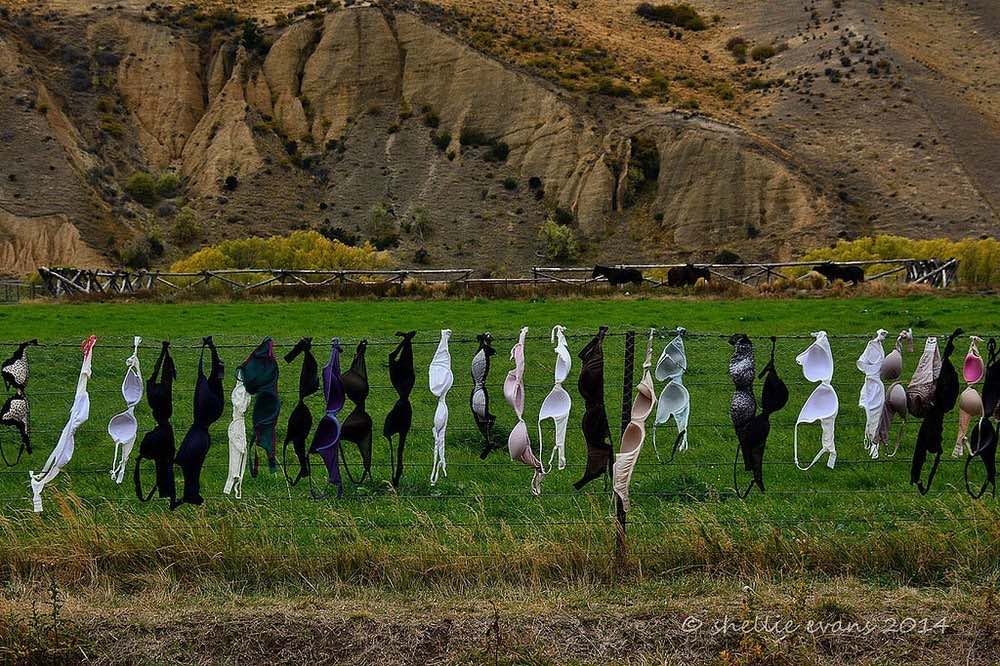
In the past couple of years, the fence has been used to raise money for the Breast Cancer Foundation through donations made by tourists at the fence’s pink charity box.
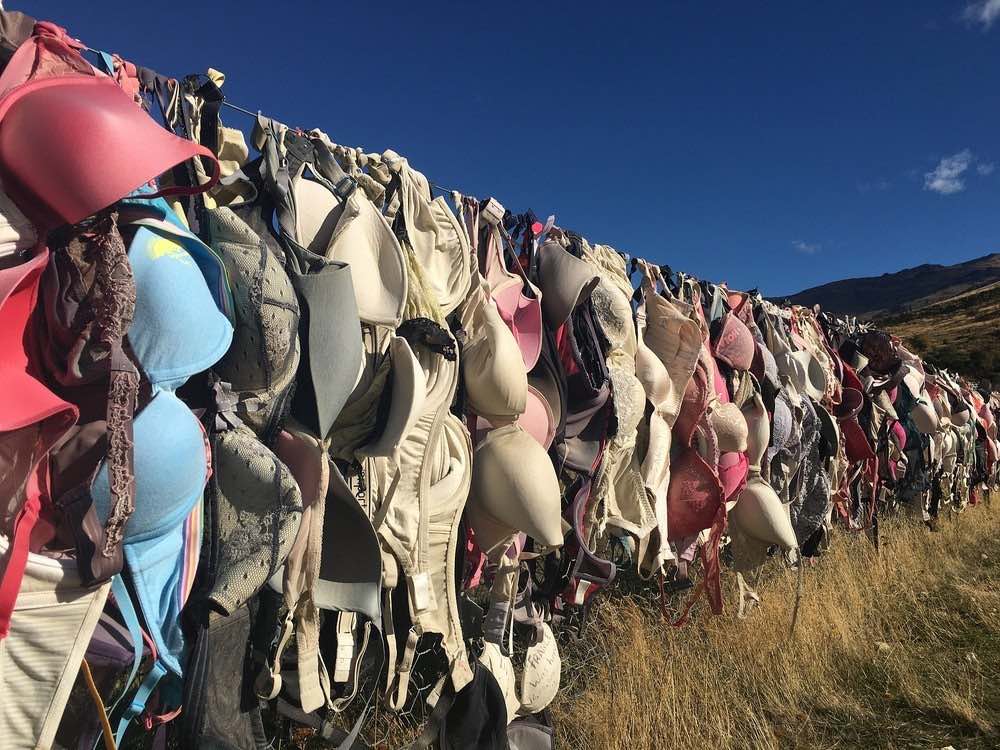
The Toothbrush Fence is located on a quiet rural road in Te Pahu, about half an hour from Hamilton. The roadside fence is decorated with hundreds of toothbrushes of vivid colors. The creator of this Te Pahu attraction is a local named Graeme Cairns. At first the fence grew slowly, as friends and visitors added their own brushes. But as its fame spread, people began donating their used brushes from all over the country and even overseas. The toothbrush of Helen Clark, the former Prime Minister of New Zealand, also hangs there.
From our partners:
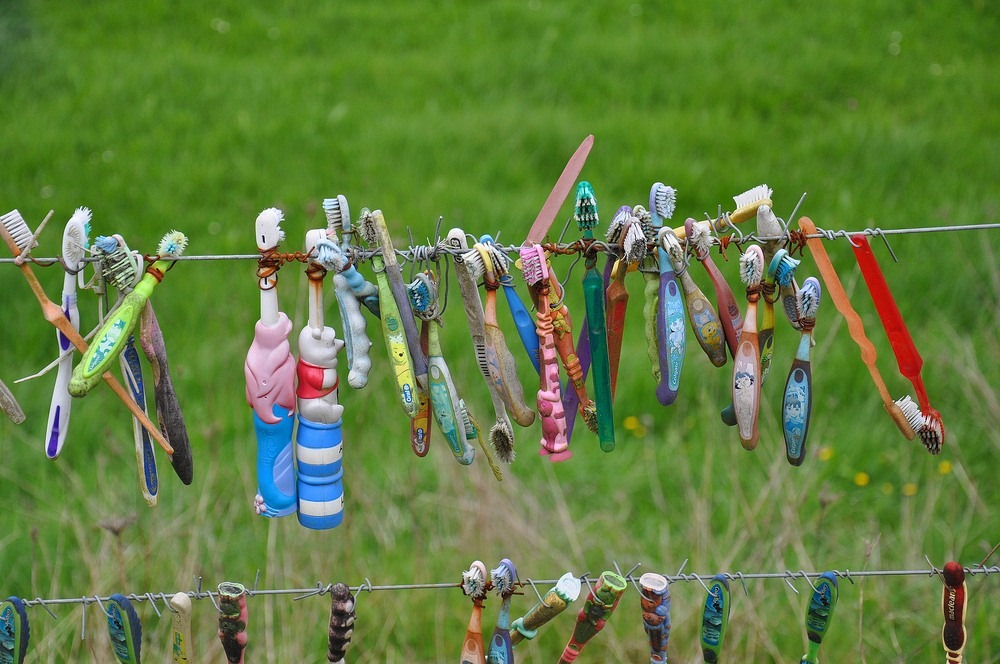
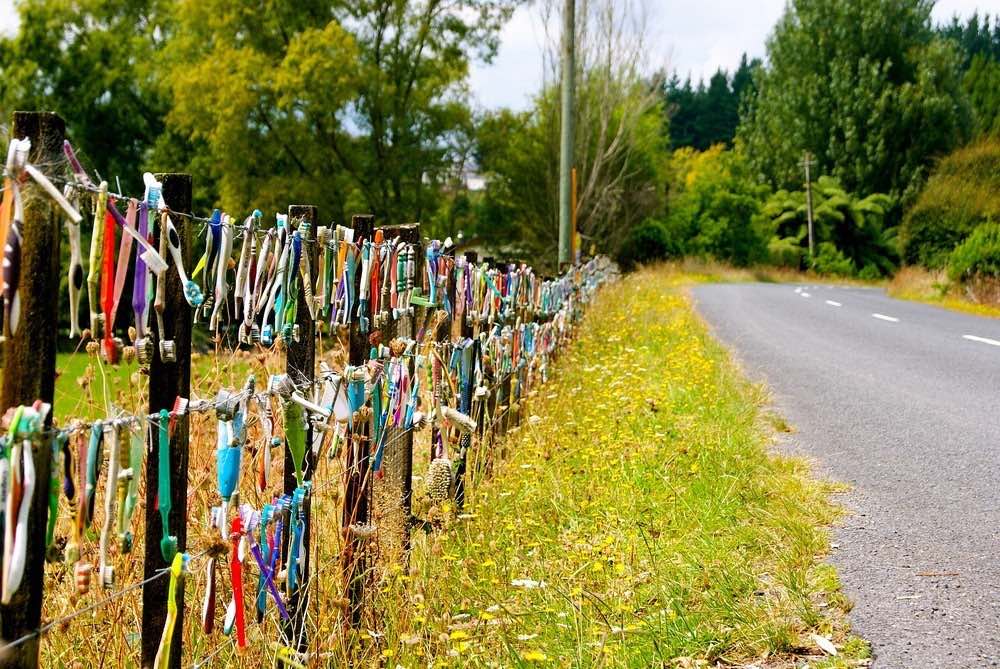
Many New Zealanders love to decorate their fences with flip-flops, which they call jandal—short for Japanese sandals. The name is actually a trademark originally filed by Morris Yock, who is said to have patented the famous design. But there is some dispute regarding who actually brought the design to New Zealand.
According to the Yock family, Morris Yock was inspired by the footwear he had seen in Japan, and began manufacturing this simple rubber sandal in their garage in 1957. But the family of John Cowie claim that it was Mr. Cowie who introduced the footwear from Japan in the late 1940s, coining the name ‘jandal’ in the process. They believe Yock only imported the jandals and applied for the trademark.
Irrespective of who introduced it, jandals are now a national icon of sort in New Zealand.
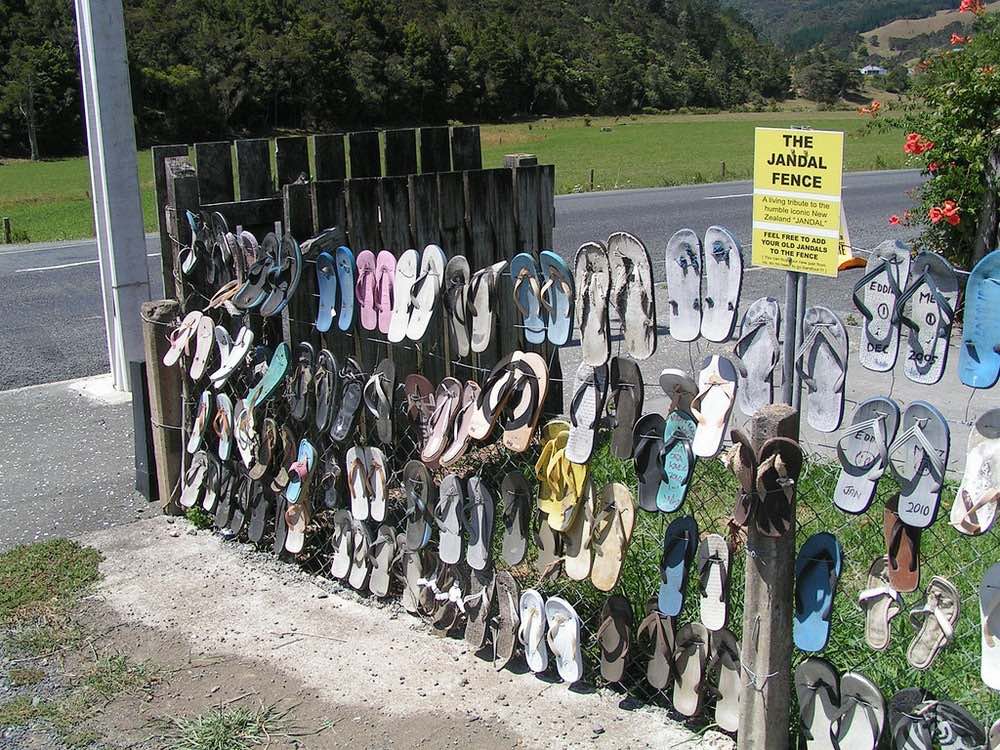
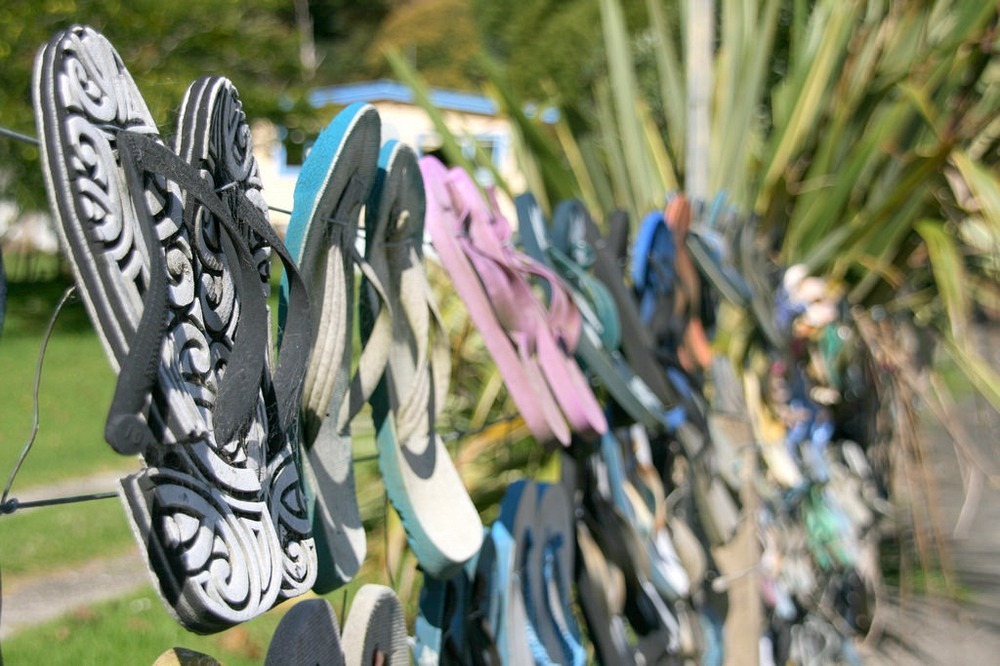
A jandal fence just outside of Hot Water Beach on the east coast of the Coromandel Peninsula.
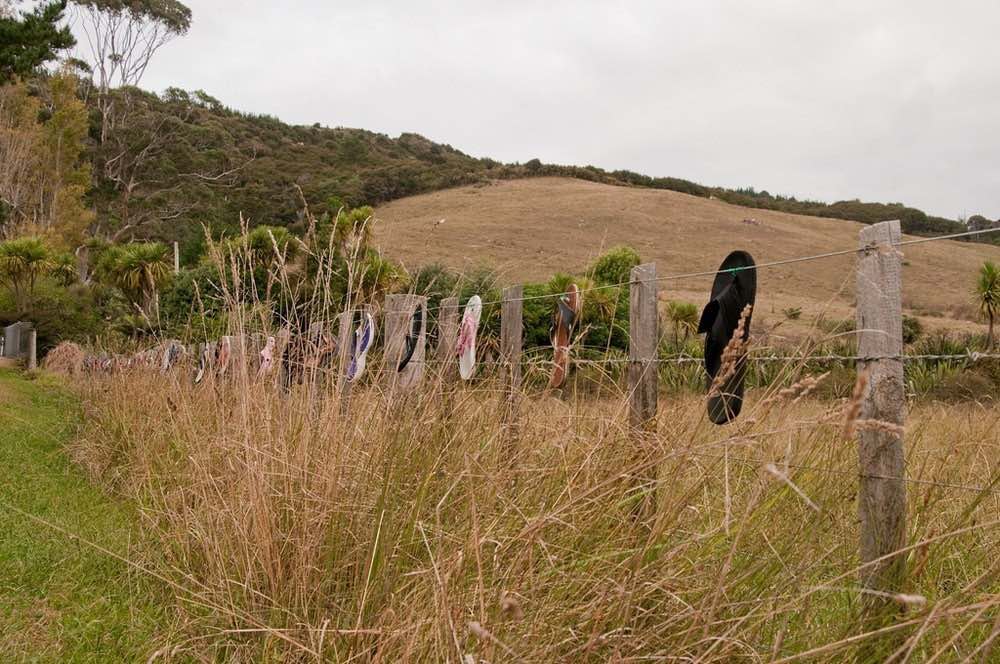
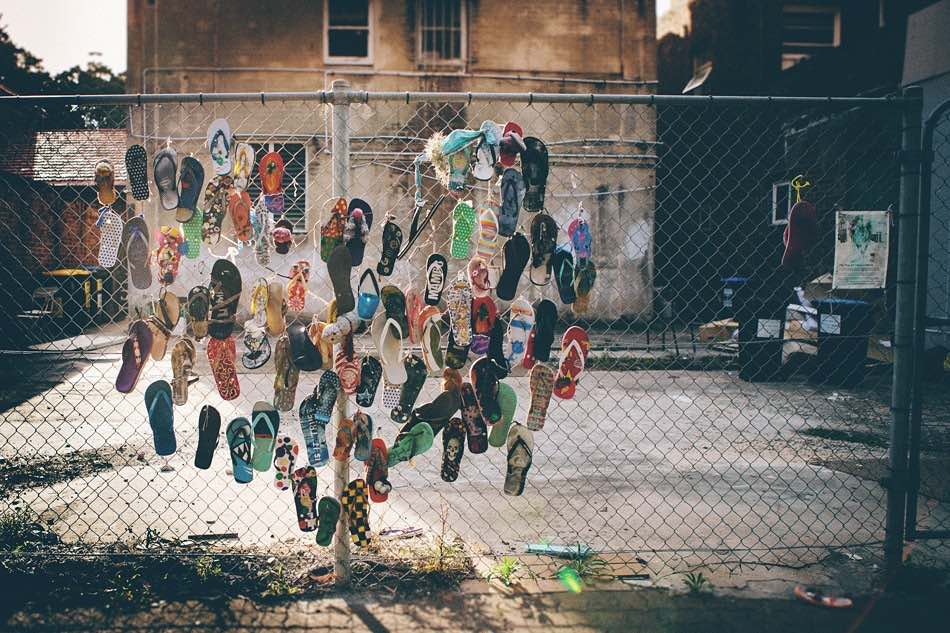
Just off the main road in Kingston, is what is known as King Wheel Cottage. The cottage fence is made of old traction engine wheels.

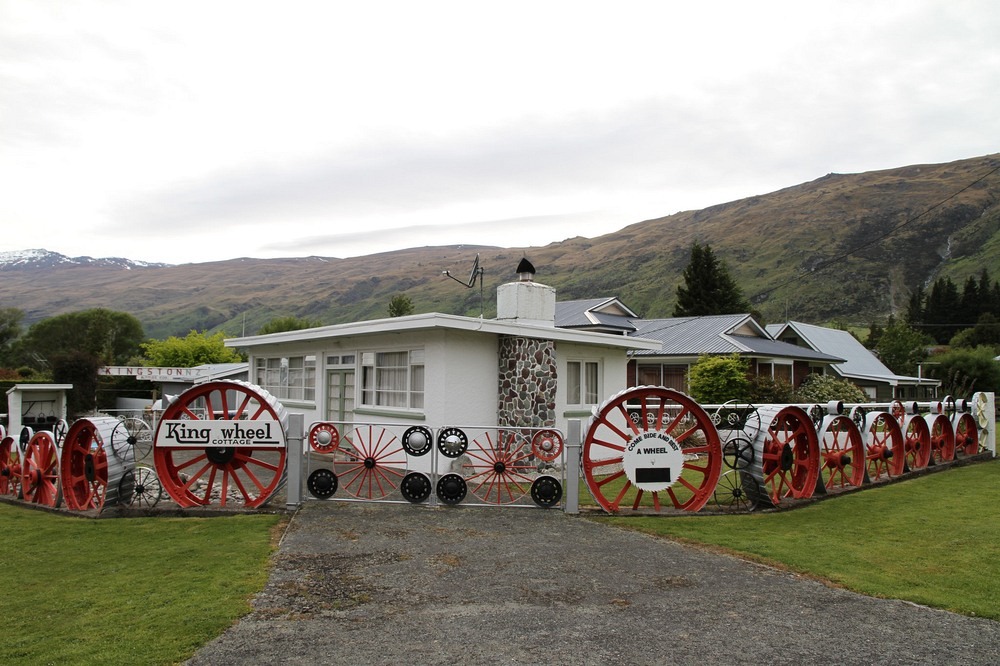
A fence decorated with gumboots at Woodhill, North West Auckland.
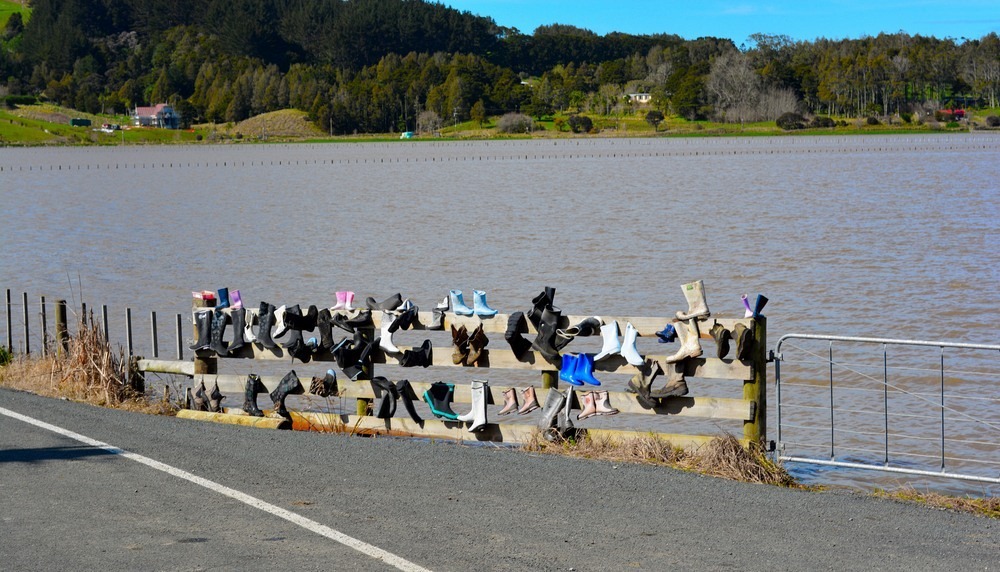
Another bicycle fence in Athol, Southland.
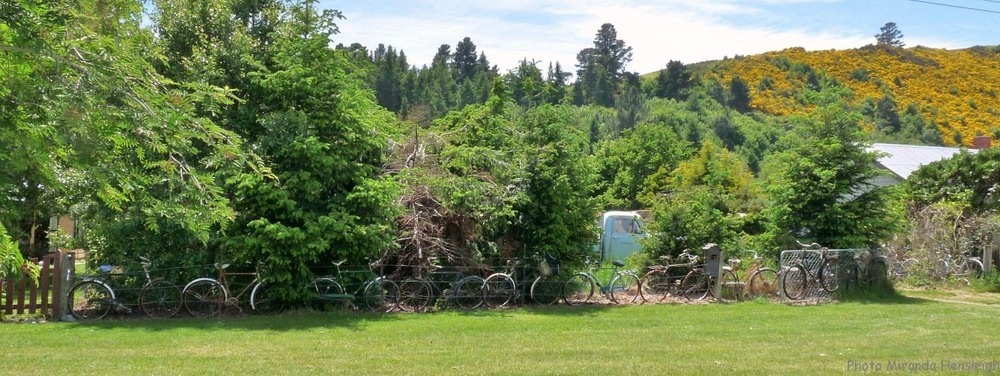
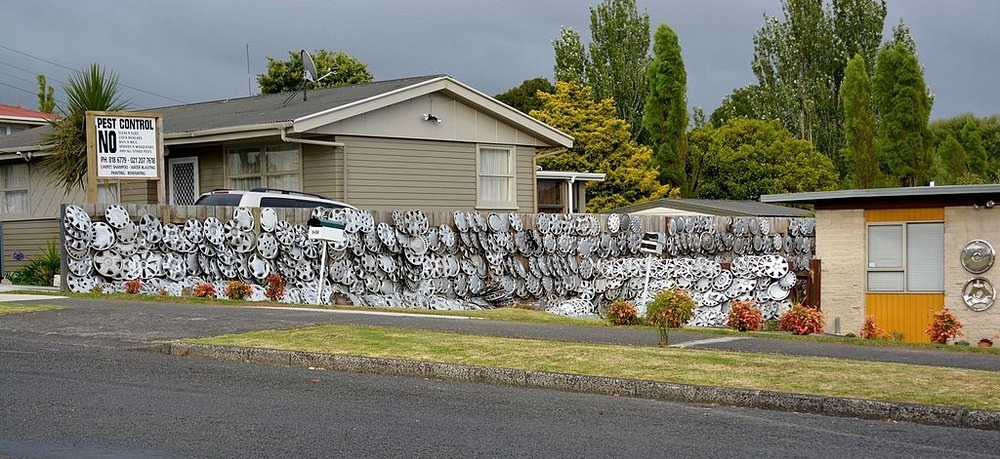
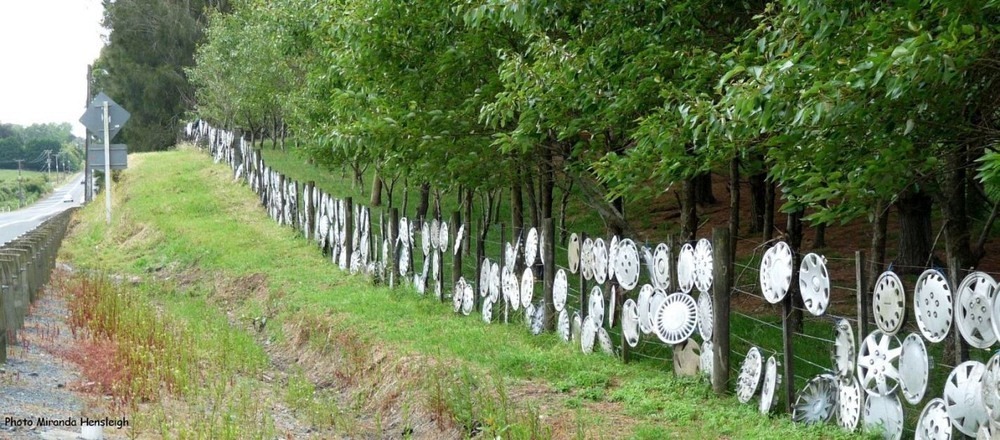
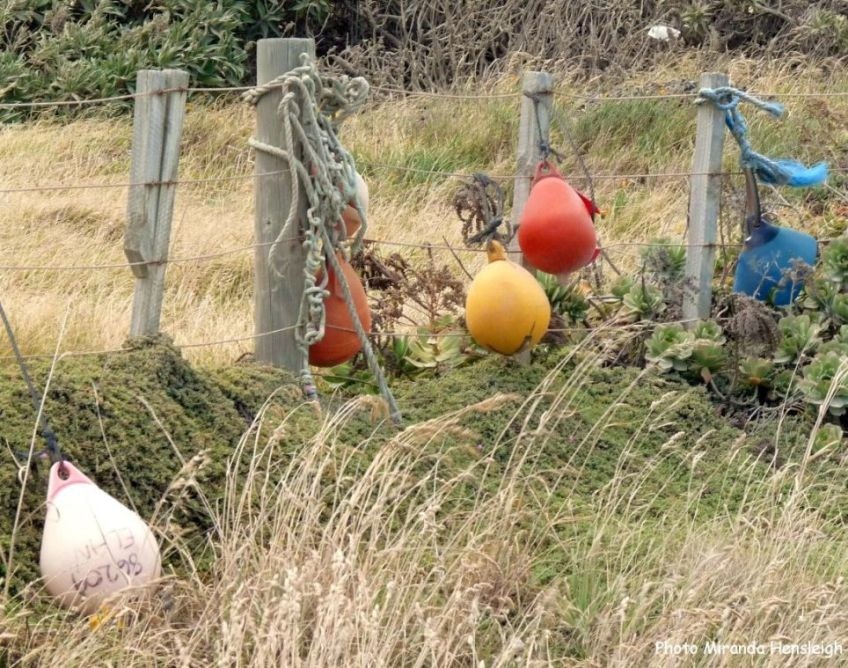
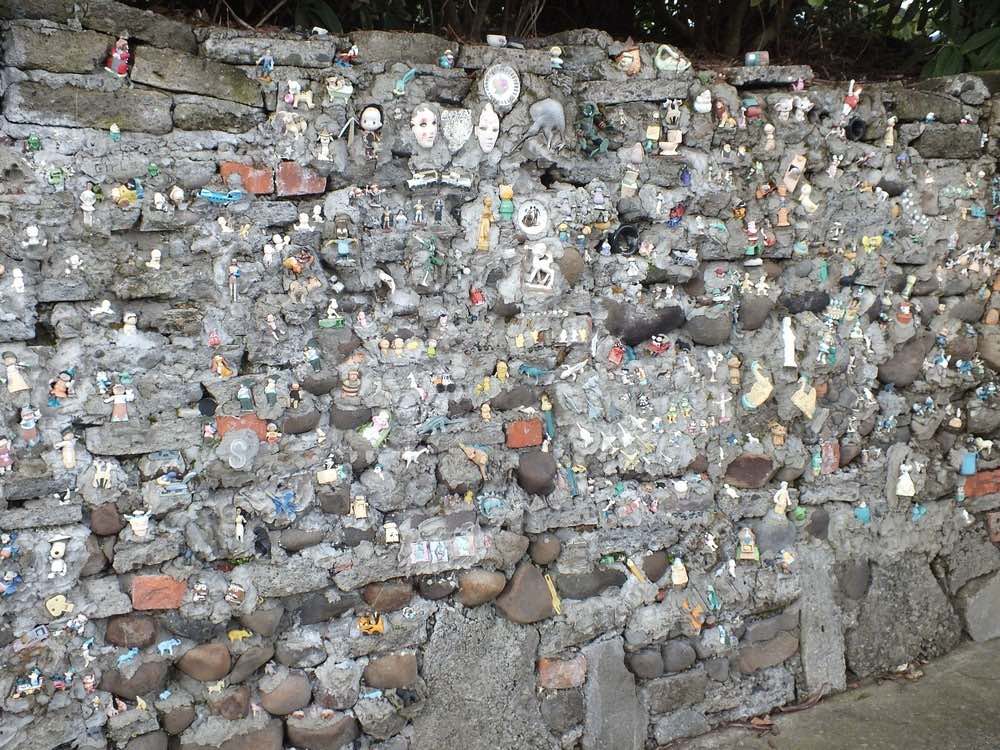
This concrete wall in Eltham in the central Taranaki town is embedded with hundreds of children toys. The wall was created by local resident Fay Young in 1997, when she found a child’s toy car on the ground outside her home. She popped it atop a concrete wall for the child to find, but when the unclaimed toy kept falling off, she cemented it on. After that, other children asked her to add their toys to the wall. Today the wall is 20 meters long.
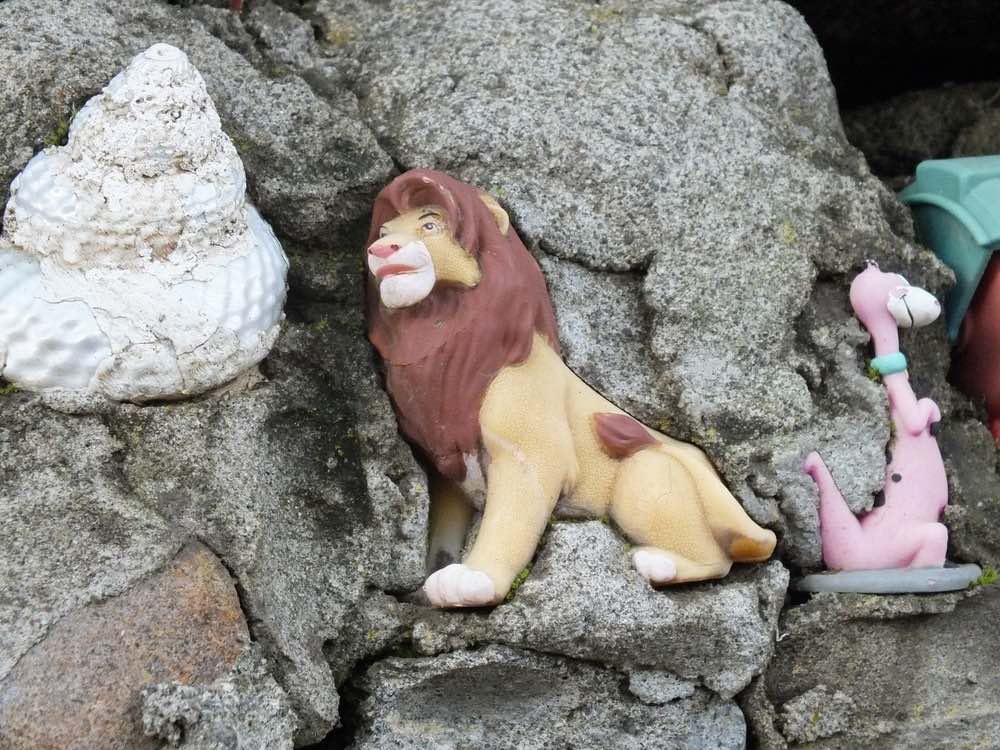
This feature originally appeared in Amusing Planet.















